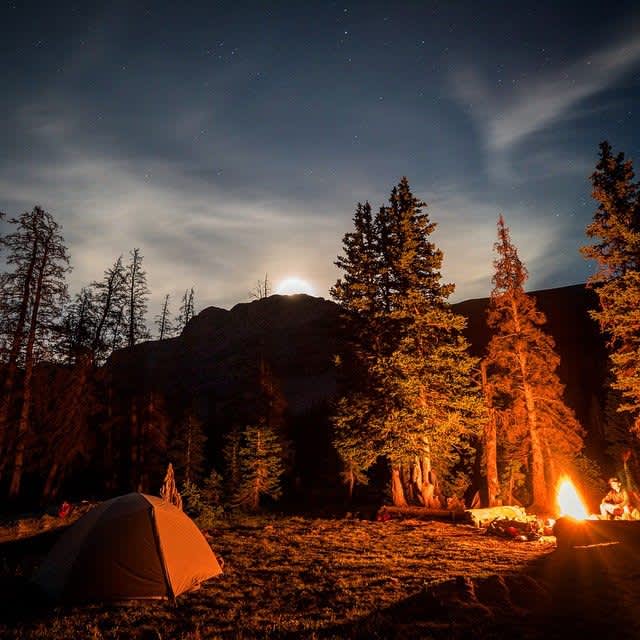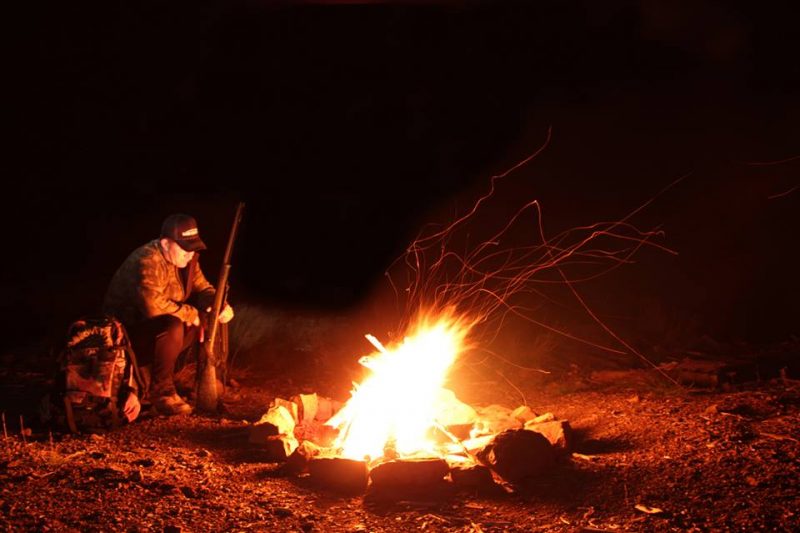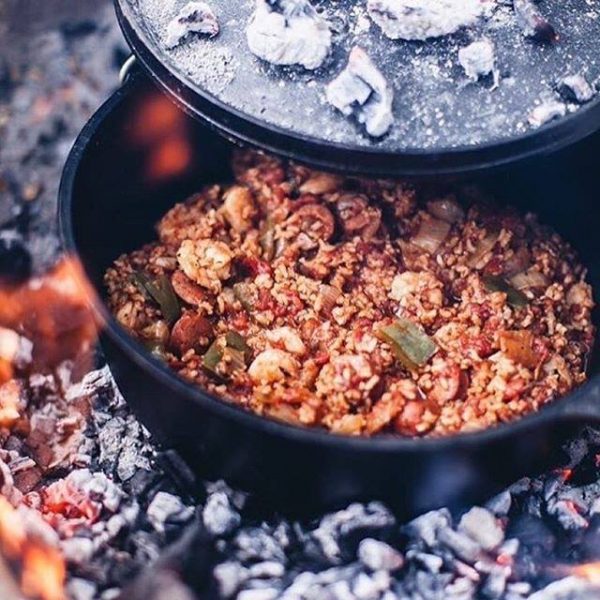Tips for Building a Great Campfire
OutdoorHub Staff 07.01.16

Without a crackling fire to gather around, camping wouldn’t be nearly as fun. A great campfire, however, serves as more than simply a centerpiece for a social circle. With just a little basic knowledge any camper can build a fire that has practical value as well. Here are a couple of examples.
Teepee Fire
As with any campfire, a teepee-style fire requires three basic components: tinder, kindling and fuel wood. Tinder is any material, such as dry grass or leaves, birch bark or forest-floor duff, that can easily catch a spark and then generate enough heat to ignite the kindling.
Kindling can range from small, pencil-thick twigs and sticks to ½- to ¾-inch pieces of wood split from a fuel log. It’s required in an amount large enough to set the fuel wood afire. Fuel is any dry deadwood (from pieces of wrist-thick branches to split trunk wood) that feeds the ultimate campfire.
To build a teepee fire, first place a tinder bundle in the center of the fire ring, then build a teepee-like structure of kindling wood around the bundle. Be sure to leave an opening, or doorway, to allow access to the tinder with a lighted match. Then, build a second teepee around the kindling using smaller, thinner pieces of fuel wood. Add larger pieces of fuel as the fire builds in intensity.

Because the structure allows excellent airflow from the bottom up through the center, a teepee fire burns very hot, and it’s an excellent source of warmth on a chilly evening, though it does tend to consume more fuel than other types of fires. It’s also great for boiling water in a coffee pot or other container suspended above the flame from a tripod, but because the teepee will eventually collapse into an uneven coal bed, it doesn’t make an optimal cooking fire.
Log Cabin Fire
Again, start with a tinder bundle and lay a piece of fuel wood on either side, parallel to each other. Across the two logs lay several pieces of stout kindling. Then, continue layering, turning each layer 90 degrees to form a cross-hatch of kindling and fuel. A second kindling layer followed by a couple layers of smaller fuel wood typically works best.
While this structure allows adequate airflow, it doesn’t burn as hot as a teepee fire, which means it will burn unattended for a longer period of time. It also forms a flat bed of coals upon which a cast iron skillet or other cooking container usually sits nicely. Or, if a collapsible grill is part of the plan, the coals provide a more even heat source across its width.

A “reverse” or “upside down” campfire is a variation on the log cabin-type. Start with three to five pieces of tightly packed fuel wood as a base. Then, add cross-hatched layers of progressively thinner wood, finally building a tinder/kindling teepee at the very top. Coals from each layer fall into and ignite the one below. While this style of campfire can be a bit trickier to get going, it burns unattended for a very long time once it does. It’s a good choice when you need a fire to burn overnight.
This summer build the type of campfire that suits you best. Let the whole family join in the fun, and remember to always be safe by fully extinguishing the fire before leaving your campsite.

